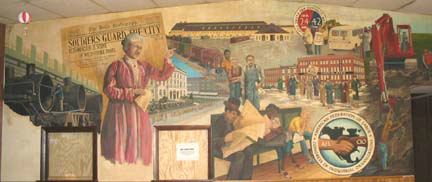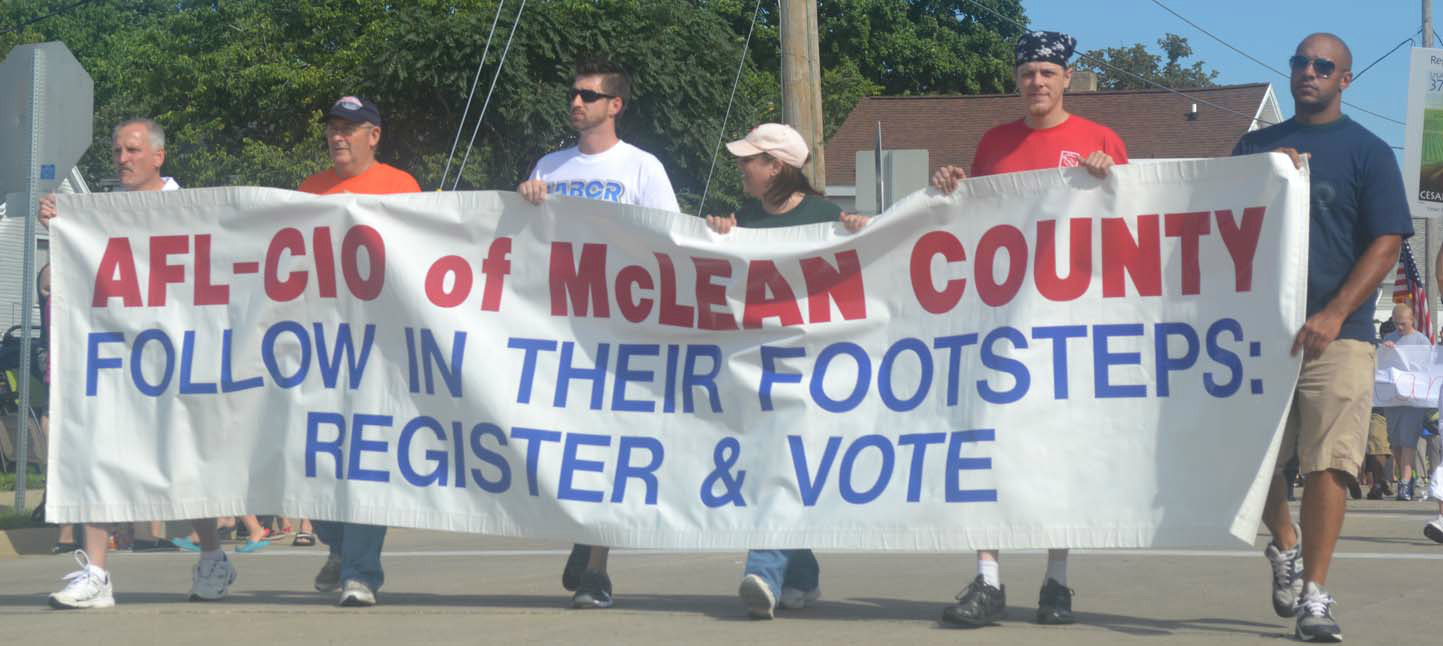|
Money Well Spent?
The Truth Behind the Trillion-Dollar Stimulus, the Biggest Economic Recovery Plan in History
By Michael Grabell
Public Affairs $27.99
ISBN: 9781610390095
Reviewed by Mike Matejka
The stimulus is often slammed in the news media as a failure. The $825 billion stimulus package is reviled by conservatives as a deficit lead weight. At the same time, the Obama Administration claims thousands of jobs and an economy saved, thanks to the stimulus. Which was it?
In this very well written book, Grabell takes apart the stimulus, what worked, what didn’t. He points out the gains from the program: a stop to cascading unemployment, with an estimated 2-3 million jobs saved. 41,000 miles of road paved, 600,000 low-income homes weatherized and 3,000 rural schools connected to the high speed internet. In central Illinois, high speed rail work is advancing, thanks to stimulus dollars. Average Americans received tax breaks that equal about $10 weekly. “Cash for clunkers,” although reviled, helped save the auto industry.
Yet if the stimulus did all these good things, why does it receive such a negative rap? Although the stimulus might have helped prevent total economic collapse, it did not immediately turn the economy around, leaving people feeling cheated. The stimulus did protect funding for teacher and other public employee positions, but that stabilization was offset by local and state government lay-offs. And although the stimulus promised “shovel ready” projects, very few major projects were truly shovel ready, thus delaying the economic jump start.
Also, the funds were distributed according to formulas which did not always target high unemployment. South Dakota, with five percent unemployment, received twice as much stimulus money per person that Florida, with 12 percent unemployment. And although critics slam the stimulus, was $825 billion really enough to jump start a faltering economy? Should President Obama have appealed directly to the people for an even larger program? The current Republican candidates slam the auto industry bail-out, but thanks to that appropriation, General Motors and Chrysler are viable employers again.
The economy was also slowed by factors beyond political control, like the European debt crisis, a Japanese earthquake and rising global oil prices. The stimulus tried to help green energy companies like Solyndra, which received loans to build solar panels, but then famously collapsed. Was Solyndra a bad investment of tax dollars, or a victim of cheaper Chinese products?
This book thoroughly examines the stimulus from multiple viewpoints. Going beyond numbers, Grabell visits hard hit communities like Elkhart, Indiana and watches how citizens reacted to the program.
Like any large government program, there were stimulus winners and losers. Overall, the author concludes there were good programs that had an impact and the stimulus helped forestall even worse economic collapse. At the same time, it gave the President’s opponents, harping about the deficit, a large and inviting target.
When the stimulus was unveiled, it was wrapped in the aura of President Franklin Roosevelt’s New Deal and the Works Progress Administration (WPA), Civilian Conservation Corps (CCC) and other 1930s Depression employment programs. Although those programs resonate as money well spent during the Depression, in the 1930s conservatives slammed those efforts too.
In the light of history, will the stimulus be remembered as the economy’s savior, or a deficit drain that hurt the economy? As recovery continues, that question remains unanswered, but for a well-written and objective analysis, Grabell’s Money Well Spent? is a valuable summary of the internal politics and the impact of stimulus spending.
|



